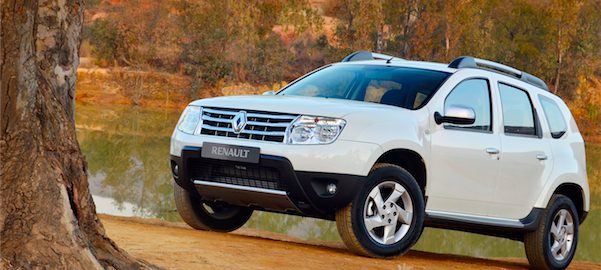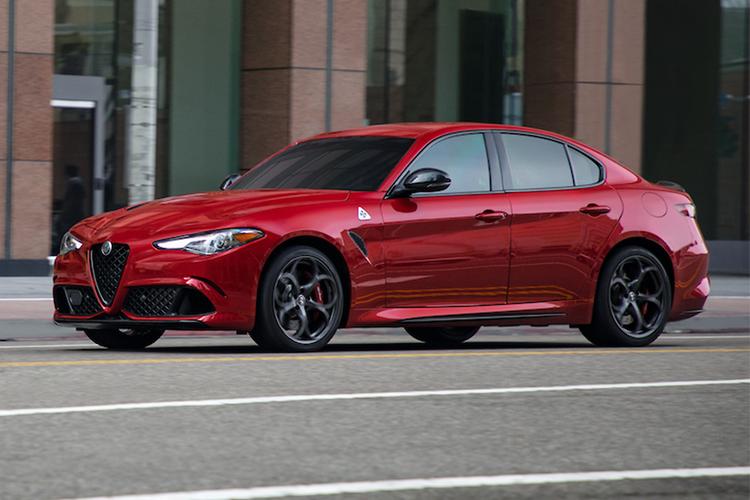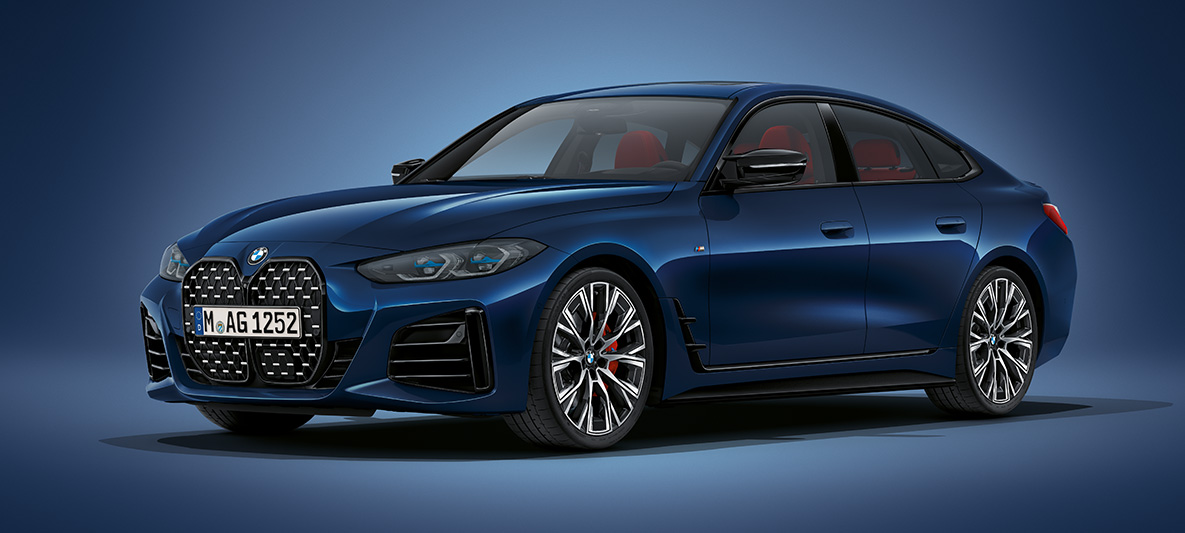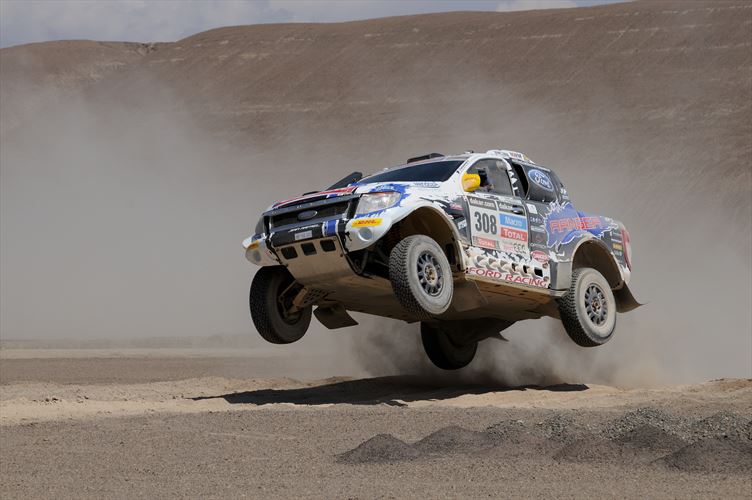The South African motor industry is the biggest in Africa. We have numerous manufacturing plants across the country, supplemented by research and development centres. The automotive industry is one of SA’s biggest industries, too. It contributes at least 6% of the country’s gross domestic product (GDP), according to SouthAfrica info.
More than 100000 people work in the vehicle-related industries – from manufacturing to support services. On paper, then, the local car industry is massive. Yet, in the bigger scheme of things, when measured against the US market with its 300-million citizens, our own market is minuscule and – unfortunately – somewhat insignificant in world terms.
I suppose that’s why we had to wait five years for the Toyota FJ Cruiser to be introduced here. The demand for left-hand-drive models for the US was so big that no-one bothered with the development of a right-hand-drive version since Toyota couldn’t supply enough left-hand drive FJs to begin with.
And it’s also why many of the imported cars sold here are primarily designed with the US market in mind. These include SUVs like the Mercedes ML and GL, the Hyundai and Kia SUVs, the new Toyota RAV4, and many more. Last year, 596167 new cars and light commercial vehicles (mostly bakkies) were sold in SA. This figure included locally manufactured and imported vehicles. That works out at an average of 49680 units a month.
Remember, this covers all brands and types of cars. A few of the fringe Chinese importers don’t report their sales numbers to the National Association of Automobile Manufacturers of SA (Naamsa) but their numbers are still small.
By comparison, more than 13-million vehicles (cars and pick-ups) were sold in the US in 2012. That’s more than a million a month! In June 2013, Subaru SA (a company that has to import all its vehicles from Japan and is subject to hefty import taxes that push up prices) sold a total of 101 cars. This covers all the models in the line-up. In the US, in the same month, Subaru sold 39235 units, making it by far Subaru’s biggest market in the world. That’s a lot of Scoobies, and not far off our overall average monthly sales number in 2012!
The story is the same for some of the other smaller operators. In June 2013, Mitsubishi Motors SA sold a total of 258 units, which is not half bad. In the US, though, 5297 units were sold. In the same month, Volvo SA sold 260 units in total. Their American counterparts managed 6678 units. Land Rover SA sold 604 units, while the Americans sold 3468. Interestingly, the big three German brands that are quite popular here are far less trendy in the States. For instance, BMW sold 2792 cars here in June 2013 while its counterpart in the US sold a total of 27074 units; Mercedes-Benz SA shifted 2067 cars, while 26381 cars were sold in the US; Audi SA moved 1777 units, and the Americans managed 13706.
Still, in the US the smaller brands pale in comparison with the really big boys – Toyota, Chevrolet and Ford. In June 2013, Toyota shifted 173880 units compared to local market giant Toyota Motors SA’s 9722. Chevrolet in the US sold 193460 cars compared with the 4 484 of the local subsidiary. Leading the game in America in June 2013 though, was Ford. With total sales of 228174 cars and pickups, Ford sold almost 35000 vehicles more than second-placed Chevrolet. And Ford SA? They sold a total of 5186 units.
The numbers are truly staggering. When one considers these economies of scale, you can begin to understand why we are subjected to some of the whims of the US market when it comes to styling, packaging, engines, and so on. Still, there is a very obvious pricing gap between the markets. In the US, an entry-level Subaru Forester costs $21995 – or R219950. However, due mainly to heavy import taxes, that same entry-level Subaru retails in SA for R329000. That’s a premium of more than R100000.
Is the SA government milking the cash cow, leaving the consumer in the lurch? Or are the local car manufacturers and importers aiming for maximum profit margins? Well, the car companies are obviously in the business of making profits and the situation is far more complicated than a simple calculation, but from what I read between the taxing lines, our government is making a fast penny at the expense of Average Joe and Jane Motorist.
And that’s a real shame.








